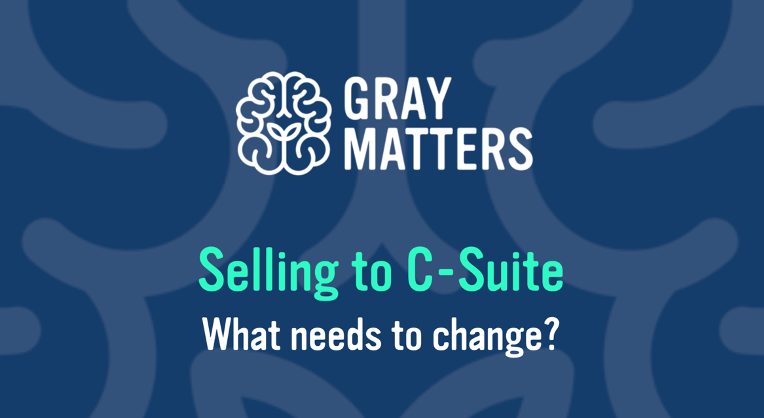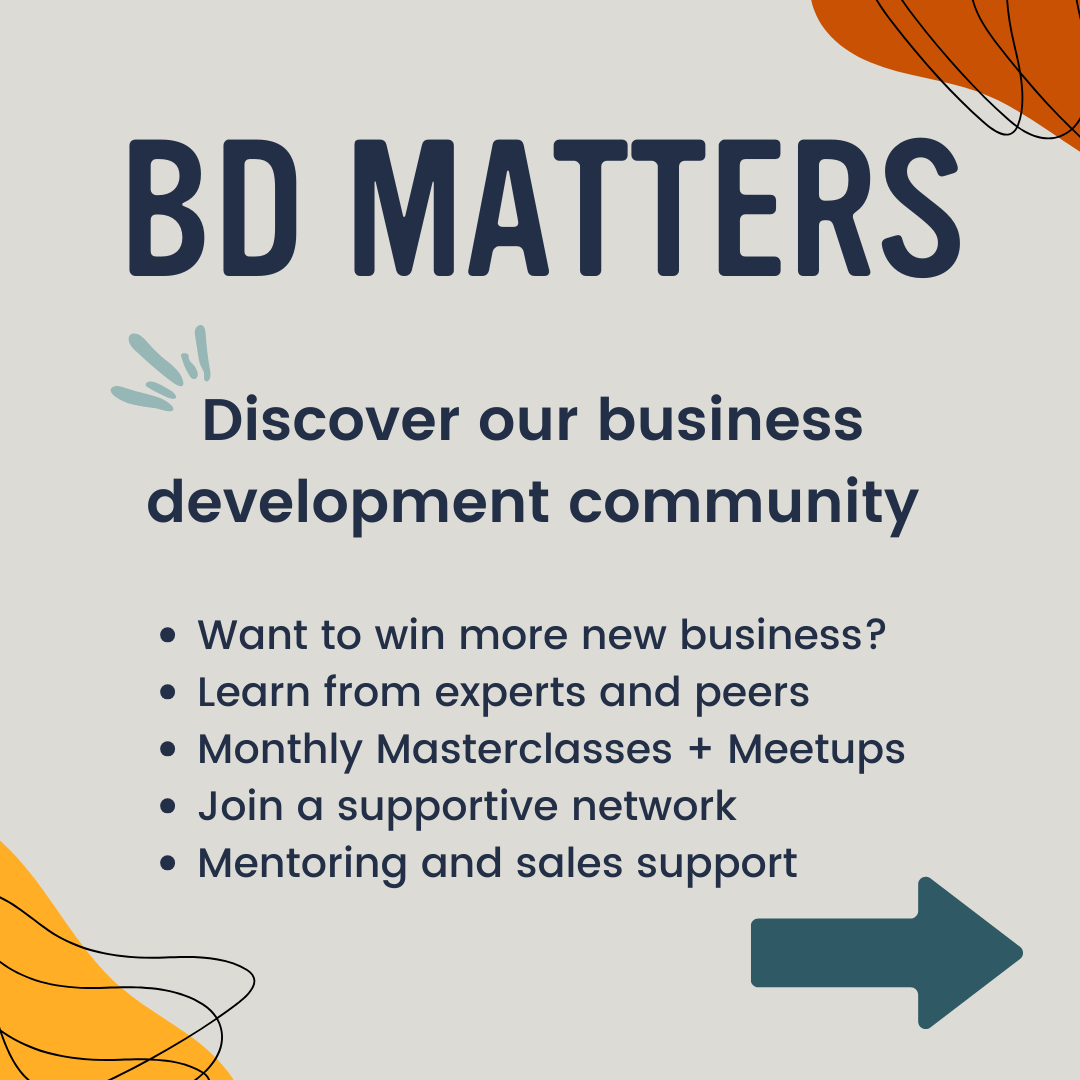
How to Sell to the C-Suite — Transforming Your Sales Approach
August 17, 2020
How to Sell to the C-Suite — Transforming Your Sales Approach
In July, we spoke as part of a panel for Pimento Marketing Agency’s Weekly CV-19, along with several other industry leaders. We shared our insights into some of the changes that businesses can make to elevate their sales and marketing strategy — and importantly, strengthen their relationship with the C-Suite.
We’ve compiled some of the key changes businesses can implement, along with questions that can help you to shift your thinking when it comes to sales.
Strategy
How strategic do prospective clients perceive you or are you a commodity?
Do you list your services on your website, or do you talk about the challenges that you can solve?
Agencies, especially in their early years, can become too focussed on the executional side of their service; it can develop into a cycle of accepting a brief, then delivering the work. Ideally, you want to be helping your clients to create the brief, instead of simply responding to it. Commoditising everything that you do can make it difficult to be seen as consultative in your approach, and can put you in a position where you’re competing on price. And being seen as a strategic partner is pivotal when it comes to selling to the C-Suite. Often they don’t know the solution they need, so helping them on this journey will uncover a much more creative approach.
Value-based pricing
Have you lost pitches because you’re ‘too expensive’?
Are your prospects too focussed on price?
You could be selling to the wrong prospects — or, selling your offering in the wrong way. Shift the focus on the results and outcomes over the bottom line so that your prospects can see the value that you’re providing, over the cost. As agencies, we are constantly being forced to sell time, rather than experience; and the model is flawed.
Insight-led
Are you insight or production-led?
Agencies often go into meetings with an array of creative ideas, thinking that’s what will win them work — but it’s the research and insights that the C-Suite are looking to see. Research and new insights outweigh creative when it comes to justifying their investment. It’s rare that the creative pitch is what sees the light of day anyway; how can an agency be expected to understand a business, and nail the solution, within a couple of workshops over a few months? The C-Suite wants to see your thinking and know that they can work and collaborate with you over the long-term to find the best solution.
Thought leadership & content
When it comes to your content — do you share polarising opinions?
Are you seen as an expert in your field and educating those around you?
Those that stand out from the competition, own their points of view. Sitting on a fence to appeal to a wide range of people is actually distancing you from your ideal audience — the one that will buy into your philosophy and brand.
A thought leadership piece should provoke people to think in a new way through a strong voice, backed by research. And getting the C-Suite to think differently can hold a lot of weight when it comes to their perception of you. Content should be used to educate and attract prospects — but there is a sea of ‘sameness’ out there, and it’s easy to fall into the same bucket.
Confidence
Do you plan conversations with a goal in mind, or are you letting the prospect drive the direction?
How do you talk to C-Suites — do you feel on their level?
Putting them on a pedestal makes it challenging to remain poised in your pitch.
You need to be confident to sell to the C-Suite. It gives them the confidence to buy into your offering, and helps you establish a balanced dynamic — with the right boundaries in place — moving forward. In sales, people buy confidence; and sometimes people with a poorer offering and solution will trump you because of it.
Nurturing long-term relationships
Do you have gold prospects you’d love to win — the ones that could take 2 years or more?
Or are you trying to close really quickly to fill a pipeline?
Are you doing short term projects or are you working with clients on retainer?
Using account based marketing can help you shift your mindset when it comes to sales and allows you to nurture those long-term relationships that will benefit you over time. Be clear about your target audience, share your insights and value with them and be patient to convert them. A CRM system like Pipedrive will help you to maintain relationships over this time.
Procurement
Look at the seniority of the people you’re prospecting to. Do they tend to be mid-level or junior people within the organisations or are you speaking to the decision makers?
As well as CEOs, CMOs, CTOs, COOs, CIOs etc., you should be developing strong relationships with the procurement team. If your day-to-day contacts are at a senior level, you’re in a much more empowered position when it comes to sharing your opinions and creating real change. These people are the decision makers and hold the budget, so why over-invest your time in mid-level management?
If you’d like to chat further, please get in touch with [email protected] or watch the full video here!

